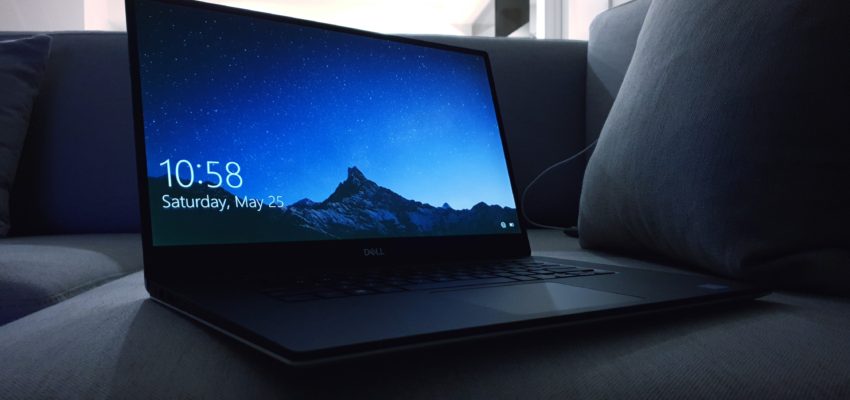
Microsoft Forces Windows 11 23H2 Update: What You Need to Know
Microsoft recently started pushing automatic updates for Windows 11 23H2, also known as the 2023 Update. This move specifically targets users running older Windows 11


Meeting these requirements is crucial for the upgrade process, as they are the foundation for a stable and secure Windows 11 experience. If your PC doesn’t meet these specifications, you may encounter the ‘This PC can’t run Windows 11’ message during the upgrade attempt.
Both TPM and Secure Boot contribute to a more secure computing environment by preventing malicious code execution at the hardware and firmware level.To fully appreciate their significance, consider the following points:
Remember, even if your PC meets the minimum system requirements, it’s essential to ensure that it also supports TPM 2.0. This security feature is non-negotiable for running Windows 11.
It’s essential to identify the specific reason for incompatibility to determine the appropriate solution, whether it’s a hardware upgrade or a settings adjustment.
Addressing these issues may require a hardware upgrade or changes in the BIOS. While some solutions are straightforward, like updating the BIOS or enabling certain features, others might involve more complex steps such as replacing non-compliant hardware components.
Remember, while data loss is unlikely, backing up important files is always recommended before making major system changes.
Remember to save any ongoing work and restart your computer after updates to ensure all changes take effect properly. This refreshes the system and prepares it for a smooth upgrade process.
Sometimes, the simplest solution is the most effective. If you’re stuck, consider restarting your PC and attempting the installation again.If these steps don’t resolve the issue, you may need to perform a clean installation of Windows 11. This involves using a bootable USB drive with the Windows 11 installation media on it. Remember to back up your data before proceeding with a clean install to avoid data loss.
Ensuring these elements are in place before installation begins will lead to a smoother upgrade experience. Remember, meeting the minimum system requirements is not just about a successful installation, but also about achieving optimal performance once Windows 11 is running on your machine.
Ensuring your PC is free from malware is also essential. Use reputable antivirus software and perform regular scans to keep your system clean and efficient.Remember, a cluttered system can hinder performance. Organize your files and uninstall programs you no longer need to keep your system running smoothly.
Embrace the full potential of Windows 11 by customizing your environment to suit your workflow. Tailor your desktop with personalized widgets and virtual desktops to create a space that truly reflects your needs and style.Remember to explore the new and improved features such as Clipchamp for video editing, or the enhanced touch, pen, and voice inputs. These tools are not just about functionality; they’re about co-creating a more efficient and enjoyable computing environment. Head over to Source to check out these and more Windows 11 features.

Microsoft recently started pushing automatic updates for Windows 11 23H2, also known as the 2023 Update. This move specifically targets users running older Windows 11

The integration of Artificial Intelligence (AI) into Windows 11 marks a transformative step in enhancing user experiences across various aspects of the operating system. From

Microsoft has officially launched its PC Cleaner app, Microsoft PC Manager, marking a significant step in PC maintenance and security. Available now on the Microsoft
|
*CLOSED ON 18 April 2025 (Good Friday) |